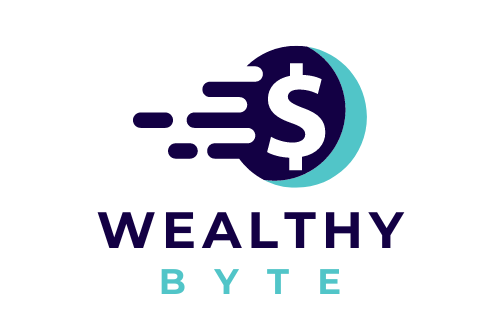
Financial technology continues to reshape the way people and businesses interact with money. Among the tools driving this transformation, fintech APIs stand out as a powerful link between financial services and the applications people use every day. From mobile banking apps to investment platforms, these interfaces allow seamless communication between systems. For example, an open bank API can enable secure sharing of account data between a bank and a budgeting app, giving users a more complete view of their finances without compromising security.
What Is a Fintech API
An API, or Application Programming Interface, acts as a bridge between two software systems. In the context of fintech, it allows financial institutions, payment processors, and other services to connect with third-party applications. This means developers can create apps that integrate with banking systems, payment gateways, or even cryptocurrency exchanges without building the entire infrastructure from scratch.
Fintech APIs are designed with strict security measures, often using encryption, multi-factor authentication, and regulatory compliance frameworks to ensure sensitive financial data stays protected. They allow authorized systems to exchange data or perform actions such as processing payments, verifying transactions, or retrieving account balances.
How a Fintech API Works
The process begins when an application sends a request to an API endpoint. This request can ask for information or initiate an action, like transferring money. The API then processes this request, interacts with the financial service’s system, and returns the relevant data or confirmation.
For example, a payment app can use an API to check if a user’s bank account has enough funds before approving a purchase. The API communicates with the bank’s system in real time, retrieves the necessary data, and sends it back to the app in a format it understands.
Key Uses of Fintech APIs
Fintech APIs have a wide range of applications that benefit both businesses and consumers:
- Payments and Transactions – They enable secure payment processing in e-commerce, mobile apps, and point-of-sale systems.
- Account Data Access – APIs can provide real-time account information to personal finance apps.
- Identity Verification – Financial platforms can use APIs to confirm a user’s identity through government or credit databases.
- Investment Services – Stock trading and robo-advisor platforms use APIs to execute trades and manage portfolios.
- Fraud Detection – APIs integrate with fraud monitoring systems to detect suspicious activity instantly.
Benefits for Businesses and Users
For businesses, fintech APIs reduce development time, lower costs, and open the door to innovative service offerings. They allow companies to focus on building better user experiences rather than dealing with complex financial infrastructure.

For consumers, the benefits are equally significant. APIs enable features like instant payments, multi-bank account tracking, and secure online shopping. They also make financial services more competitive, often lowering fees and improving service quality.
Security and Compliance
Security is a top priority in fintech API design. Common safeguards include encryption, token-based authentication, and regular security audits. Compliance with financial regulations such as PSD2 in Europe or similar frameworks in other regions ensures these APIs meet strict standards.
APIs often use permission-based access, meaning users must grant explicit consent before their data is shared. This transparency builds trust and ensures users have control over their financial information.
The Future of Fintech APIs
As open banking initiatives expand and more industries adopt digital financial tools, fintech APIs will become even more central to the global economy. Advances in artificial intelligence, blockchain, and real-time data analytics will likely make these APIs faster, more secure, and more versatile.
In short, fintech APIs are the backbone of modern digital finance. They connect systems, streamline services, and create opportunities for innovation across the financial sector. Businesses that leverage these tools can stay ahead in an increasingly connected marketplace.















